TL;DR
➡ Hair plugs were the first hair transplantation method to be used worldwide. However, they are not the modern technology that is used today.
➡ This is a very outdated method that no longer has any use as its process is much slower, less effective, and simpler.
➡ Aside from having a less effective process, its results were nowhere preferable either, as they were nowhere near natural-looking.
➡ To avoid a similar fate and minimize the risks or potential side effects of hair transplant techniques, you should choose supplements such as bio-enhancements and more modern options such as DHI.
Most people confuse hair plugs with hair transplantations, which causes a lot of misinformation and prejudice.
It’s natural for people to call hair transplantation hair plugs since it was the only method for hair transplants for half a century.
However, sharing how far the hair transplant industry has come and providing patients with better results and easier processes can help by preventing these side effects and informing the patients.
That is why, in today’s article, I’ll help you distinguish hair transplants from hair plugs, and explain how hair plugs were done, and if they’re still being used:
Table of Contents
Let’s begin by understanding the process first:
What Are Hair Plugs?
Hair plugs were the first hair transplantation method to be used worldwide to treat human patients.
In a hair plug surgery, the surgeon would extract donor tissue of at least a dozen hair follicles from a donor area and implant the tissue in the recipient area to treat balding.
This simplified process (that is also followed in modern hair transplantations fundamentally) has a rich history:
History of Hair Plugs
In 1952, Dr. Norman Orentreich performed the first modern hair transplant operation using the hair-plugging method he developed in his years at NYU’s Dermatology Department.
He noticed that the hair that was extracted from the back of the scalp and implanted into the bald areas didn’t act like the hairs originally from bald regions; instead, it kept acting like the hair from the donor areas, which is NOT influenced by pattern balding.
After this breakthrough of observation, he has helped numerous patients treat hair loss with hair plugs over the following years.
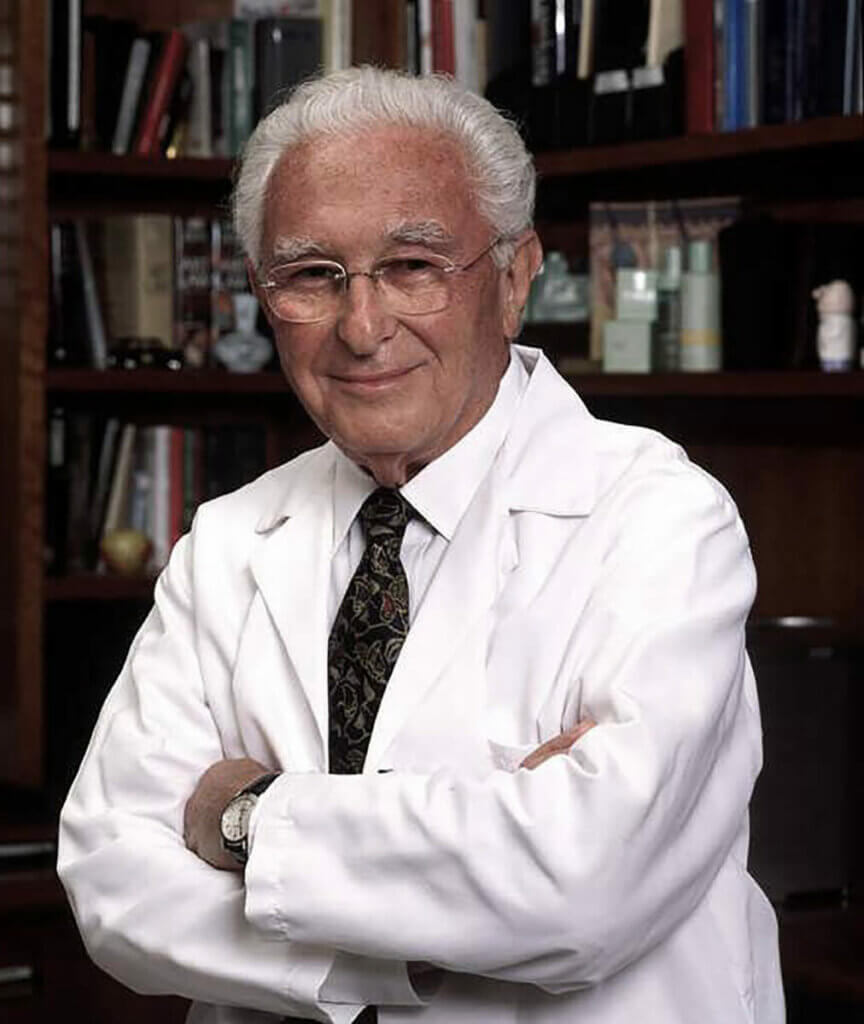
How Were Hair Plugs Done?
Basically, in a hair plug surgery, the surgeon would use a punch tool with a 4 mm diameter to extract round-shaped tissue from the donor area containing more than a dozen hair follicles.
Then, these tissues would be inserted back into your scalp, in the bald sections, which are called “the recipient area.”
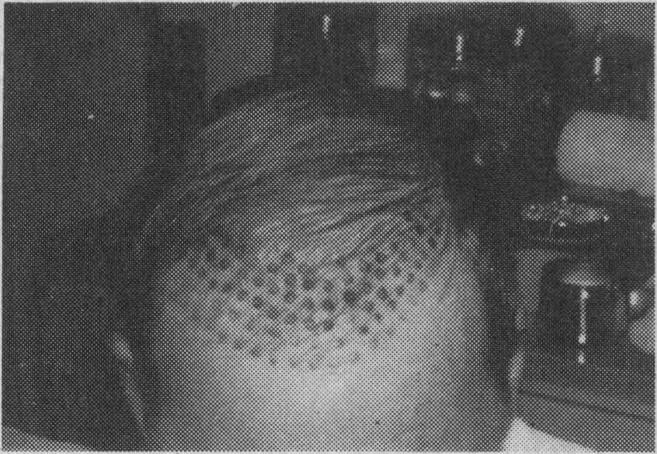
I know it sounds simple to do, and based on your knowledge of modern transplantations, you’d think all this would be done in a matter of hours.
👉 But a complete hair plug surgery for an average AGA patient would actually take four different sessions and 16 weeks to complete. In one session, a maximum of 75 plugs were inserted, so it makes sense for the whole process to take months to complete.
Thousands of patients got hair plugs for the following couple of decades, and even if the results weren’t natural for this method, it was the only technique available until the early 1990s.
But what about today?
Are Hair Plugs Still Used in 2024?
The majority of clinics worldwide stopped using hair plugs by the early 2000s as new techniques that offered much better and faster results were developed.
💡 In the late 1980s and early 1990s, both FUT and FUE were developed as improved versions of hair plugs and quickly replaced hair plugs.
So, no, hair plugs aren’t used by any clinic or surgeon today.
Why Hair Plugs Aren’t Used Anymore?
Even though hair plugs were the method that kickstarted a billion-dollar industry, it wasn’t ideal at all compared to today’s standards.
There are two main reasons they were dropped as soon as better alternatives came along:
1️⃣ Results
The results from hair plugs were nowhere near natural.
In the majority of the cases, it was obvious that you got hair plugs from the doll-like hair you’ve had and the numerous scars both on the donor and recipient areas.
In fact, the pictures of these results still circulate on different platforms, causing prejudice against modern hair transplant techniques.
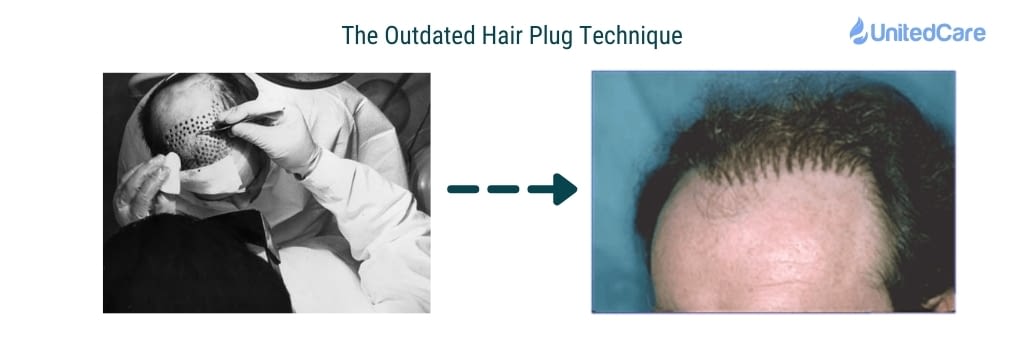
2️⃣ Procedure
And the secondary reason hair plugs were ditched is the procedure. As I’ve mentioned above, an entire hair-plugging process would take more than 4 months and 4 sessions to complete.
This was too much of an investment in unnatural results, and having to go through the recovery of four different surgeries would be exhausting.
In short, the effort and time you’ve invested into getting a hair plug would be nowhere near the unnatural results you’ve got.
Going one step further, when you also consider the main differences, the decision becomes more clear:
What’s the Difference Between Hair Plugs and Hair Transplants?
Many of my patients thought that hair plugs and hair transplants were the same things at first.
Well, are they?
Are hair plugs and hair transplants the same thing?
Yes and no.
➡️ If you’re thinking of hair plugs as the general category of medical procedure that is aimed at harvesting hair from a particular area of your scalp and implanting it into another part, yes, they are the same thing.
➡️ But if you’re thinking of the medical procedure where they transfer dozens of grafts from the back of the scalp to the front using relatively larger equipment that produces results looking like a doll’s hair, no, they aren’t the same thing.
The phrase “hair transplant” is generally used to describe any surgery done to transfer hair follicles from one side of the scalp to the other, which includes hair plugs, FUT, and FUE.
So, hair plugs were the early technique used for hair transplantations, which was dropped after FUE and FUT came along.
FUE and FUT 🩺
FUE and FUT, developed by Dr. Bobby Limmer (1988) and Dr. Masumi Inaba (1989), respectively, were the improved versions of hair plugs that would be the golden standard of hair transplantation moving on.
Both of these surgeries provided improvements in both extraction and implantation parts of the surgery, implanting individual follicles in much more precise steps to provide perfect hairlines indistinguishable from your natural hair.
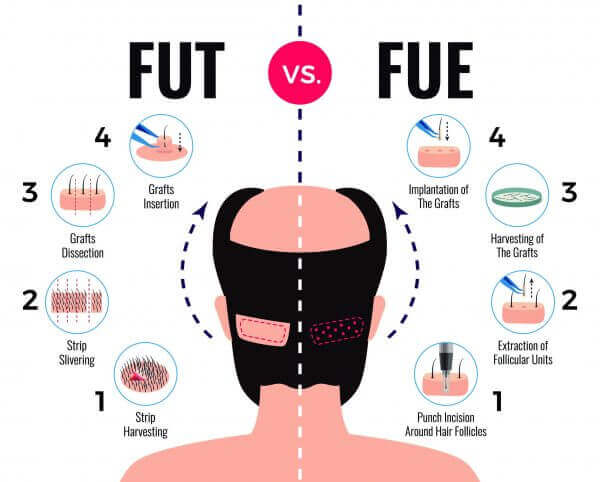
*️⃣ In Follicular Unit Transplantation (FUT), a strip of tissue is cut and removed from the donor area before the grafts in this tissue are removed and individually implanted into the recipient area.
*️⃣ In Follicular Unit Extraction (FUE), however, both harvesting and implanting are done on a smaller scale, where instead of removing tissue, hair grafts are extracted individually, resulting in scar-free natural results.
Improved precision and better results in FUE surgeries resulted in the majority of clinics picking FUE as the leading hair transplantation technique and developing even more advanced technologies for this method.
Advancements in Hair Transplantation 💡
New methods in hair transplant surgeries have been developed using the Follicular Unit Extraction technique.
Even though FUE sounds perfect compared to hair plugs and even FUT, there is still a lot of room to improve in areas of results, procedures, and healing processes.
Further improvements to this technique are developed with these three areas in mind:
Direct Hair Implantation 💉
Direct Hair Implantation, also known as DHI, was invented in 1999 by the DHI Medical Group. It improves the FUE technique through an implanter pen that removes the need to make an incision or carefully place hair inside this incision.
🔹 Instead, the DHI pen directly pushes individual follicles directly inside the skin.
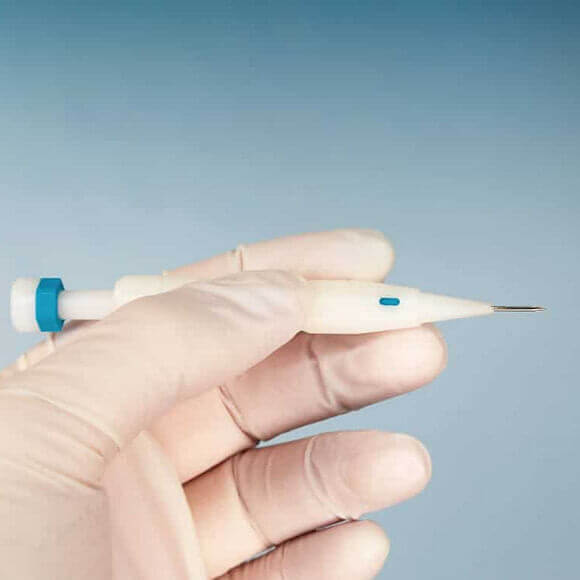
🔹 These pens make the implantation part of the procedure easier and quicker while giving the surgeon more control.
🔹 These pens even allow surgeons to control the angle of implantation of the transplanted hair, resulting in the perfect-looking hairline.
And there is more:
Sapphire FUE 🥼
During a regular FUE hair transplant surgery, steel blades are used to make incisions in the recipient area.
▶️ In recent years, surgeons have started using sapphire-tipped blades instead.
These blade tips are much sharper and smoother at the same time, allowing surgeons to make more precise and even smaller incisions that reduce trauma on the scalp, improve the results, and promote faster healing.
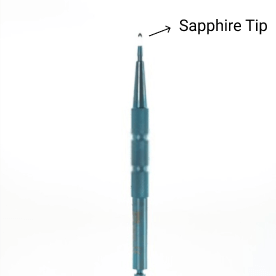
Many clinics, such as UnitedCare, have adopted Sapphire FUE to provide better results for their patients.
Robotic Hair Transplant 🤖
Developed by Dr. Bernstein and Dr. Rassman in 2007, the robotic technique using the ARTAS robot is a great step toward the next era of hair transplantation.
With the ARTAS system, the need for a surgeon in the extraction part of a hair transplant surgery is eliminated as the system maps out your hair and extracts the needed amount of hair automatically.
Also, with the ARTAS system, medical teams can create a 3D projection of the patient’s scalp and even simulate the results to draw the best hairline.
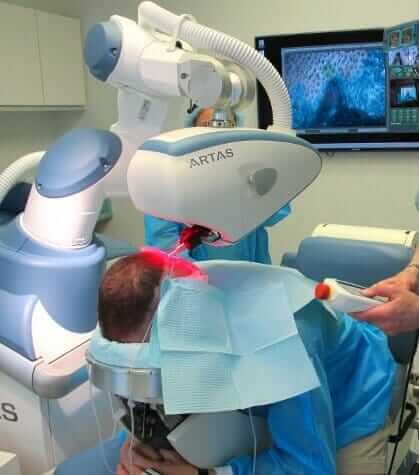
A surgeon still does the implantation part, but since the surgeon is saved from the wear that the harvesting would cause, they can focus more on restoring the hairline.
There will definitely be further improvements to ARTAS and new uses of robotics in hair transplantation, reducing operation times and improving hair transplant success rates.
Stem Cells 🩸
Defined as the future of hair restoration by many experts, stem cells are among the greatest supportive methods of hair transplants we have currently.
💠 These cells are your body’s core cells that repair and replace damaged ones that cannot do that independently. To benefit from them, a hair transplant that contains stem cells is the process where healthy stem cells are extracted from the donor area to the balding area of the scalp.
Although the discovery is still relatively new, the existing studies show they’re a tremendous supporting method for hair transplants.
And even though this method is yet to be FDA-approved, it has to potentially be the next step in hair restoration.

Bio-enhancements 💊
Described as the icing on the cake for successful hair transplant surgeries by Dr. Jerry E. Cooley, bio-enhancements aim to support hair grafts’ survival better.
Recently, more and more hair transplant clinics have started using and supplementing harvested hair grafts with liposomal ATP, ACell, and HypoThermosol.
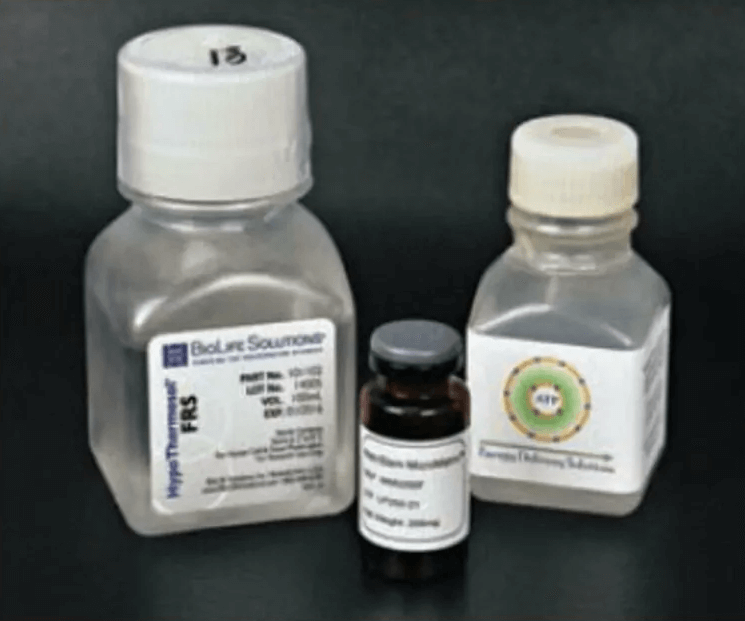
👇 Using these together provides much better results, as explained in this study, which is what we aim and achieve here at UnitedCare:
Expertise Meets Top-of-the-Line Equipment and Techniques – Why UnitedCare?
Hair plugs became outdated decades ago, and new hair transplant techniques have already replaced them.
🤔 Another reason people still think hair plugs are the primary hair transplant technique despite finding them ineffective could be the much more improved natural results we’re getting from advanced variations of FUE.
You can easily reach those results here at UnitedCare:
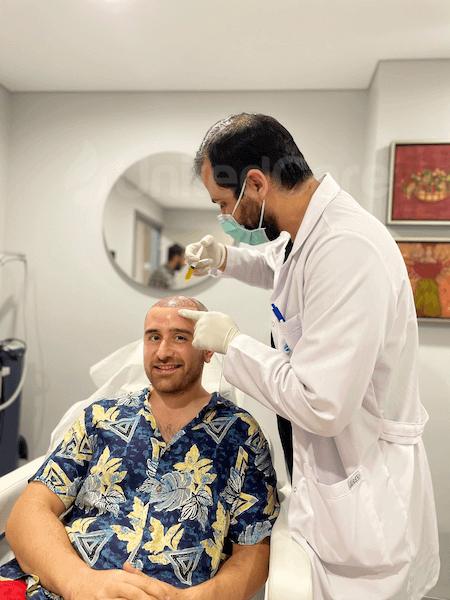
At UnitedCare, we begin your hair transplant process by offering you a FREE one-on-one consultation with our expert dermatosurgeons to help you decide your method together.
💊 Our holistic approach provides advanced technologies and bio-enhancements to ensure you do not need another surgery.
We use intracellular solutions (a.k.a bioenhancements), helping cells stay alive for days outside the body. These solutions increase graft survival rates significantly. 💉
Most importantly, our care assistant/patient manager is in contact with our patients even before and after the surgery, ensuring that your transplant becomes permanent. 🍀
Affordable hair transplant costs, a holistic approach, and experienced dermatologists on-site are here to provide you with the right solution.
We’re just one click away:
Restore your hair with modern doctors applying modern methods:
Ensure the success of your transplant with advanced FUE surgeries and bio enhancements.
Frequently Asked Questions (FAQs)
Do hair plugs actually work?
Yes, hair plugs, also known as hair transplants, work according to numerous studies and countless success stories of patients worldwide.
Do hair plugs last forever?
Yes and no. Based on the donor dominance theory of Dr. Norman Orentreich, hair plugs extracted from the back of your scalp are immune to the effects of DHT and AGA. However, they are NOT immune to all the possible causes of balding in general. So, if you maintain proper post-surgery care for your hair to eliminate external sources of danger for hair loss, your transplanted hair plugs are supposed to last forever.
Do hair plugs hurt?
During a hair plug surgery, aka hair transplant, you will have little pain thanks to the local anesthesia that your surgeon applies to your scalp. Following the surgery, if you’re getting a FUT transplant, you might feel pain and tightness around the donor area since there is a surgical cut there. If you’re getting an FUE, however, you’re not likely to experience any pain after 2 to 3 weeks after the operation.
What is the new hair transplant technology in 2024?
In 2024, Follicular Unit Extraction (FUE) is the leading hair transplant method for patients with androgenetic alopecia (AGA) or male pattern baldness (MPB). Thanks to its process that involves extracting individual hair follicles one by one rather than a whole strip of scalp, FUE is the most prominent option in restoring hair and confidence.


Fix my five-head
Hello Mr. Patania,
My friends will reach you soon. If you provide photos, I can tell whether you are eligible for a hair transplant.
If you are, the rest is easy.
Best.